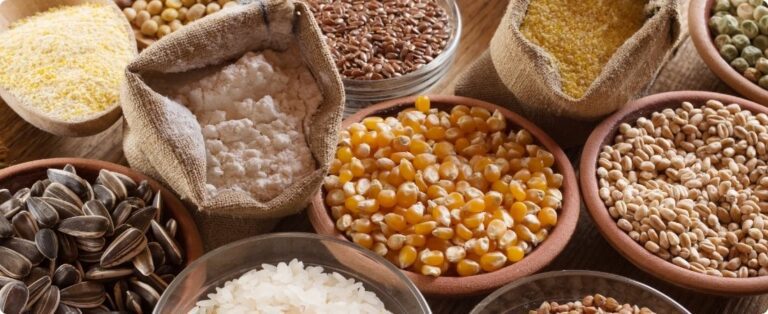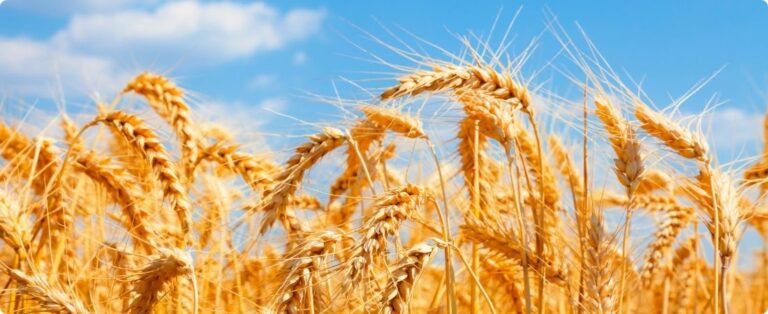
The international human rights organization Global Rights Compliance (GRC) released a report saying it found evidence of advance planning by Russia to siphon more than US$1 billion a year worth of Ukrainian grain to finance its war efforts.
Titled 'Agriculture Weaponised – the Illegal Seizure and Extraction of Ukrainian Grain by Russia', the report includes information collected by GRC in collaboration with Intelligence Management Support Services and the Center for Information Resilience. It addresses the systematic extraction of grain in the provinces of Luhansk and Zaporizhzhia, as well as the land transport of this grain to port facilities in occupied Ukraine and Crimea.
The evidence collected points to a detailed and expansive plan by Russia to divert 12,000 tons per day of grain to finance its war efforts, as stated by the GRC on November 16.
The investigation used open source research, analyzing and verifying photographs, videos, public statements from authorities and other digital data, collected between December 2021 and July 2023.
Report reveals large-scale extraction of grain by Russia in Ukraine and attacks on port infrastructure
The report details Russia's preparation, configuration and implementation of a complex large-scale grain extraction infrastructure in Ukraine. The systematic extraction came amid Russia's attacks on grain export ports during the war and Russia's withdrawal from the Black Sea Grains Initiative (BSGI) earlier this year.
Additionally, the report highlights attacks on Ukraine's Black Sea port infrastructure. These attacks occurred after Russia's withdrawal from BSGI. Around 60,000 tons of grain were destroyed.
The GRC has indicated that it will present the evidence collected in the report to the International Criminal Court, including it in a famine war crimes dossier.
In this context, Ukraine and Britain agreed to a special mechanism for discounts on war risk insurance for exports through Ukraine's new Black Sea grain corridor, as reported by Reuters.
Since its creation in August, the new grain corridor has been efficient. Ukrainian authorities, cited by Reuters on November 17, report that it transported almost 4.4 million tons of cargo. Of these, 3.2 million tons are grains.
Ukraine establishes 'humanitarian corridor' for exports
Ukraine established the “humanitarian corridor” for ships bound for African and Asian markets following Russia’s withdrawal from BSGI on July 17. Ukrainian Prime Minister Denys Shmyhal announced a special mechanism. This mechanism, similarly, includes 14 insurance companies. It provides discounts on military risk insurance costs for all Ukrainian products. This makes the Black Sea corridor more accessible. The objective is to benefit a wider range of exporters.
Although dangers occurred, the corridor continued operating. Insurance premiums rose significantly after a Russian attack. The incident occurred in the Odessa region in early November. The attack resulted in the death of a Ukrainian pilot and injured four crew members.
The Ukrainian government eventually forecasts a harvest of 79 million tonnes of grains and oilseeds in 2023. The exportable surplus is expected to reach around 50 million tonnes for 2023/24.
Despite the fall in grain exports to 9.8 million tonnes from July to June 2023/24, compared with 14.3 million in the previous season, Ukraine nevertheless remains one of the leading global suppliers of wheat, corn, barley and sunflower oil.
Meanwhile, Russia began shipping free grain, reaching up to 200,000 tons, to six African nations. According to Reuters on November 17, Dmitry Patrushev, Russian agriculture minister, reported that the ships have already left for Burkina Faso and Somalia. Additionally, it announced extra shipments to Eritrea, Zimbabwe, Mali and the Central African Republic. Russian President Vladimir Putin has promised to provide six countries with free grain. He made this commitment during a summit with African leaders in July. This occurred after Moscow's withdrawal from BSGI. According to Putin, Russia exported around 60 million tons of grain the previous year.
Source: Oils & Fats International















